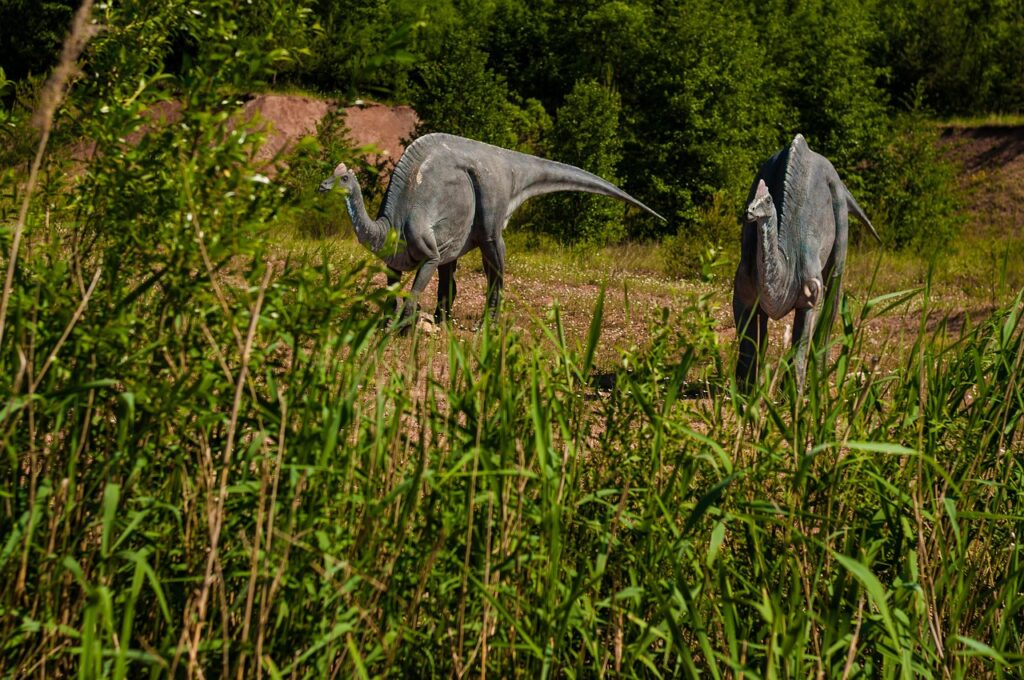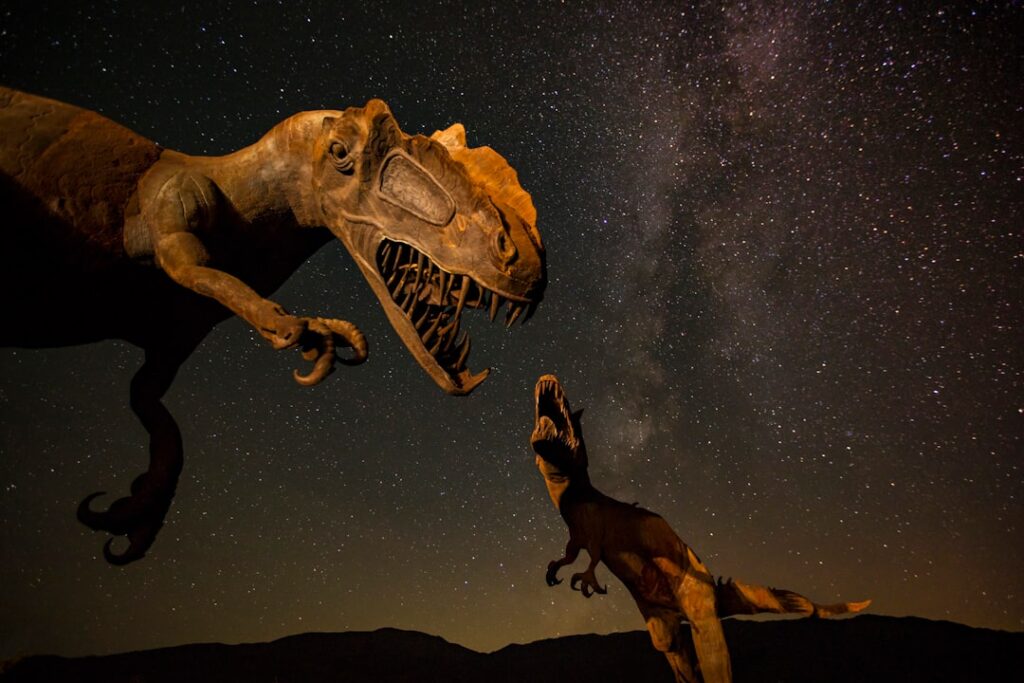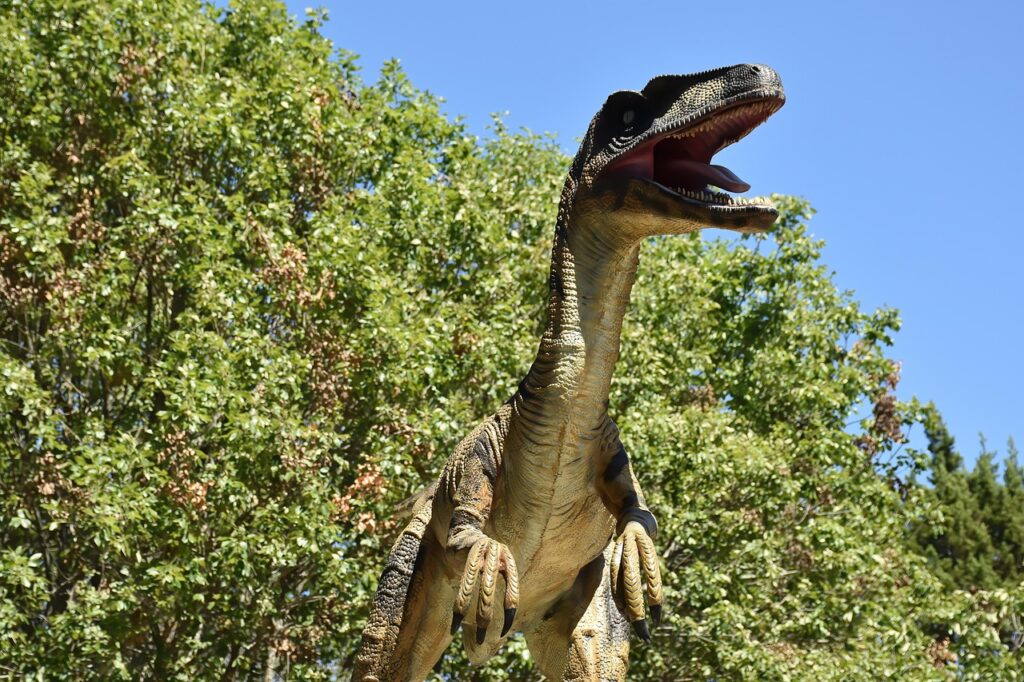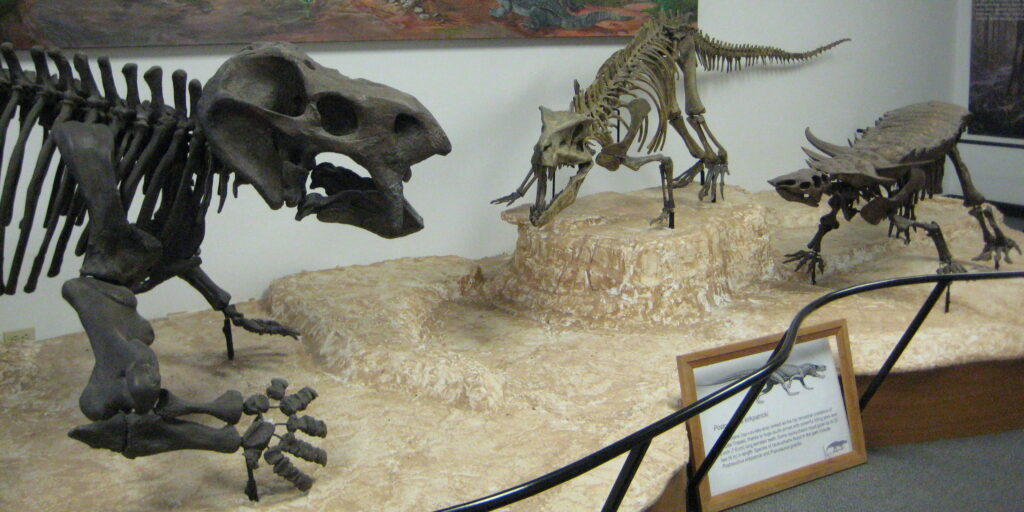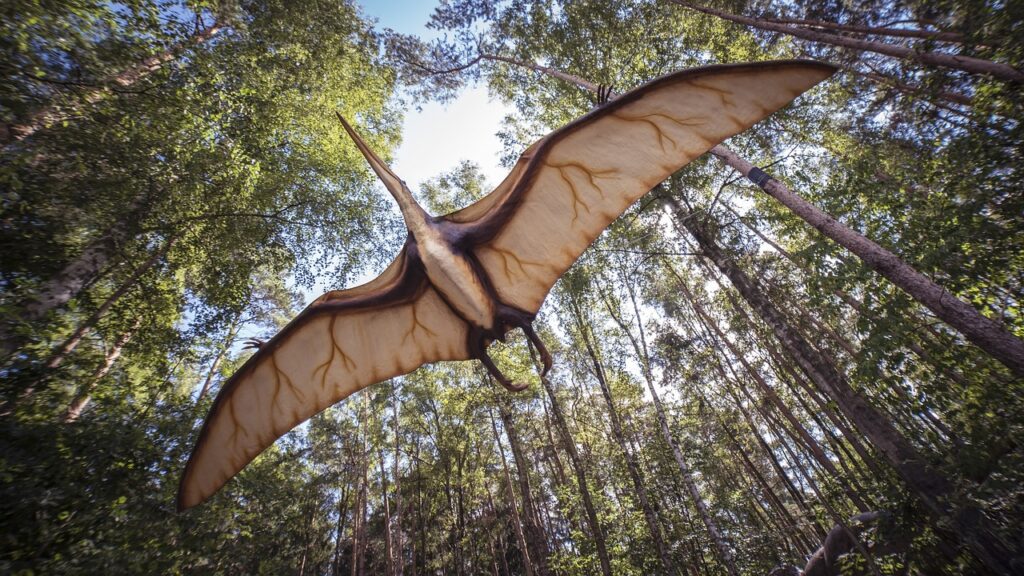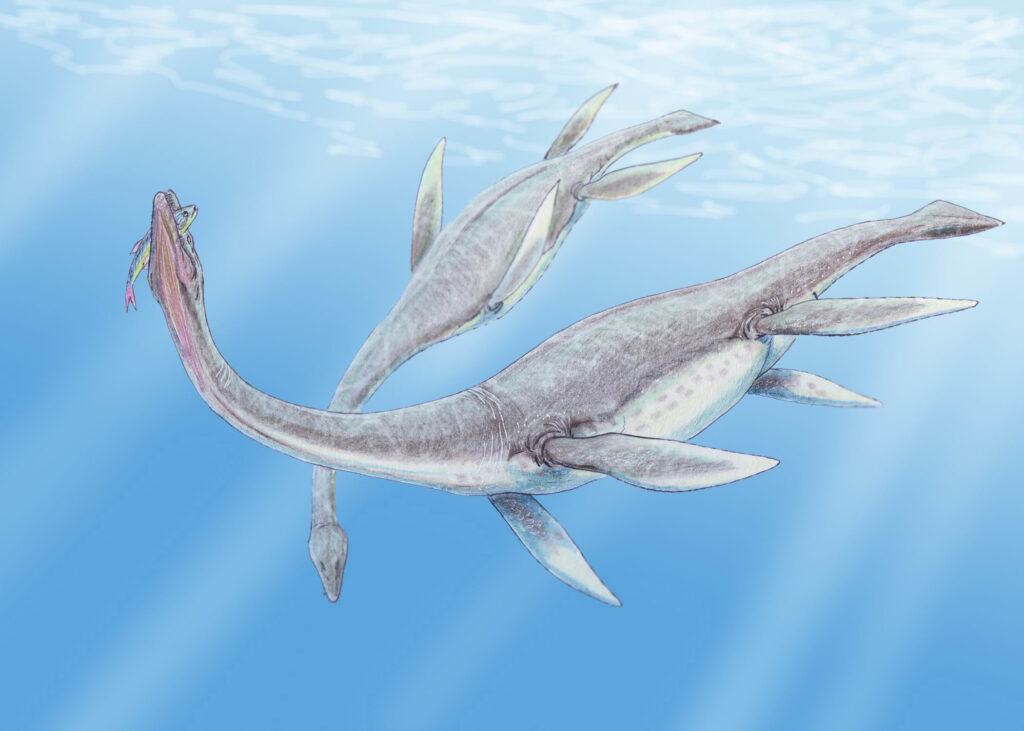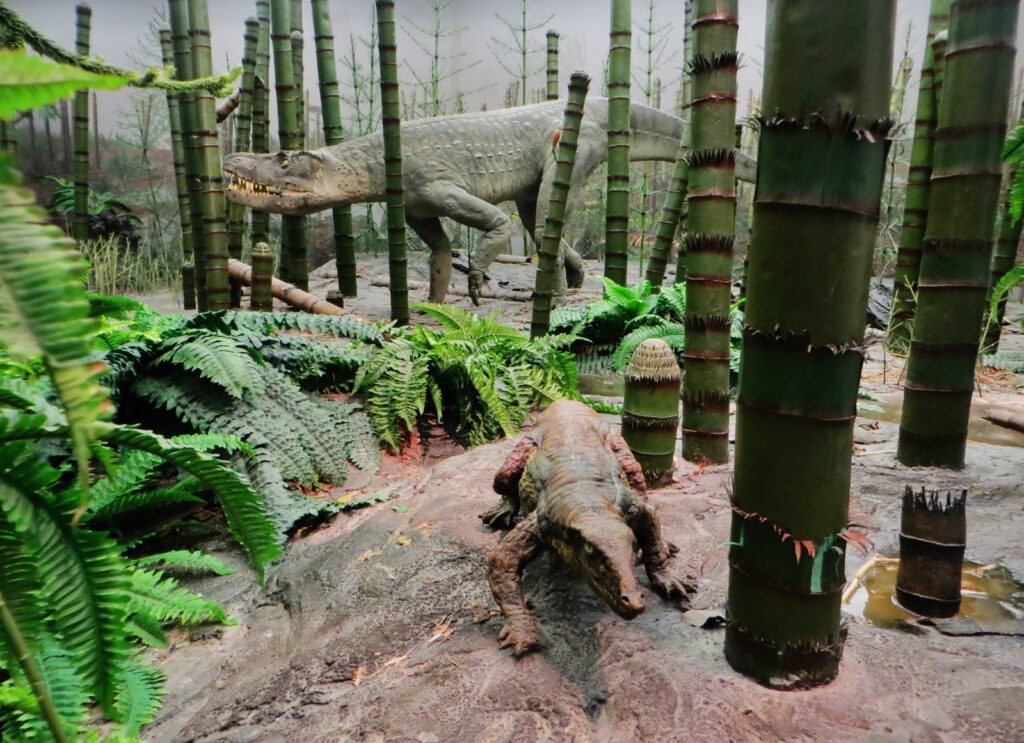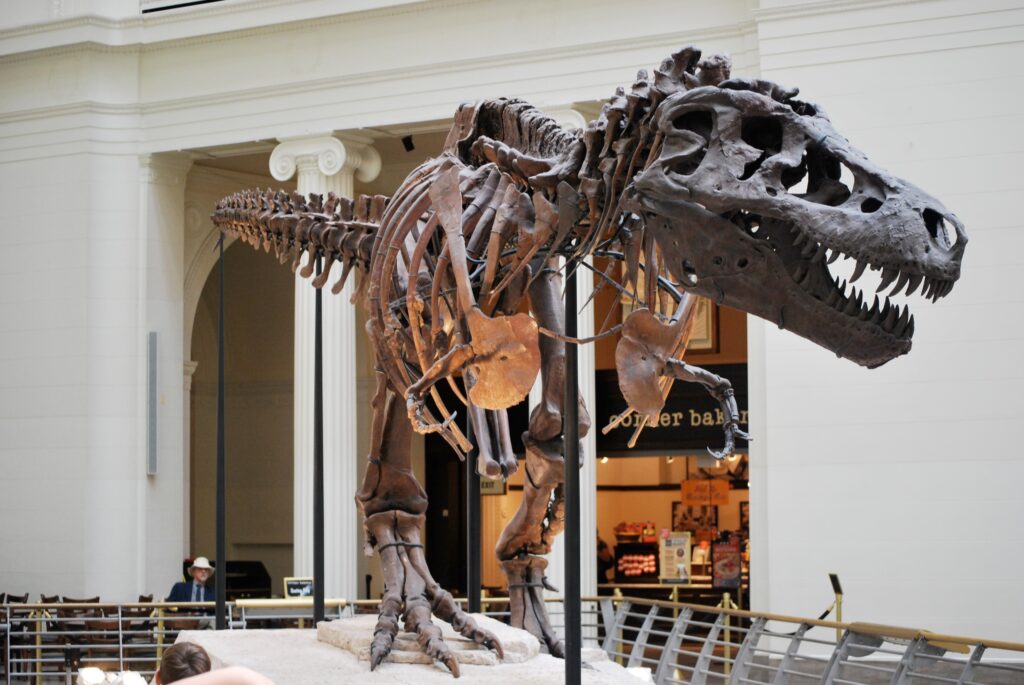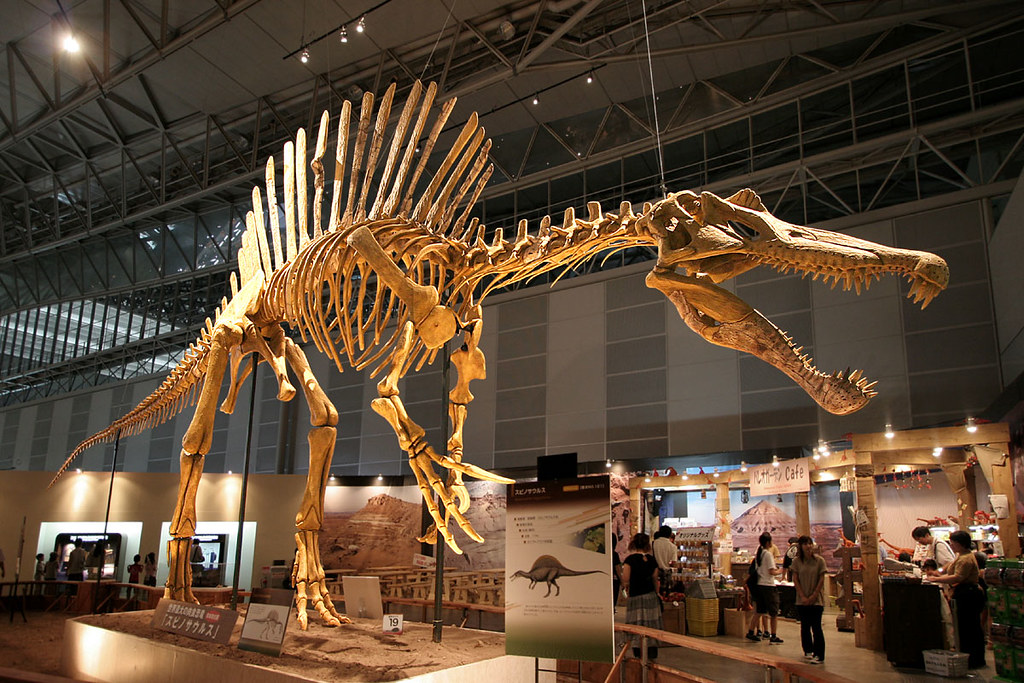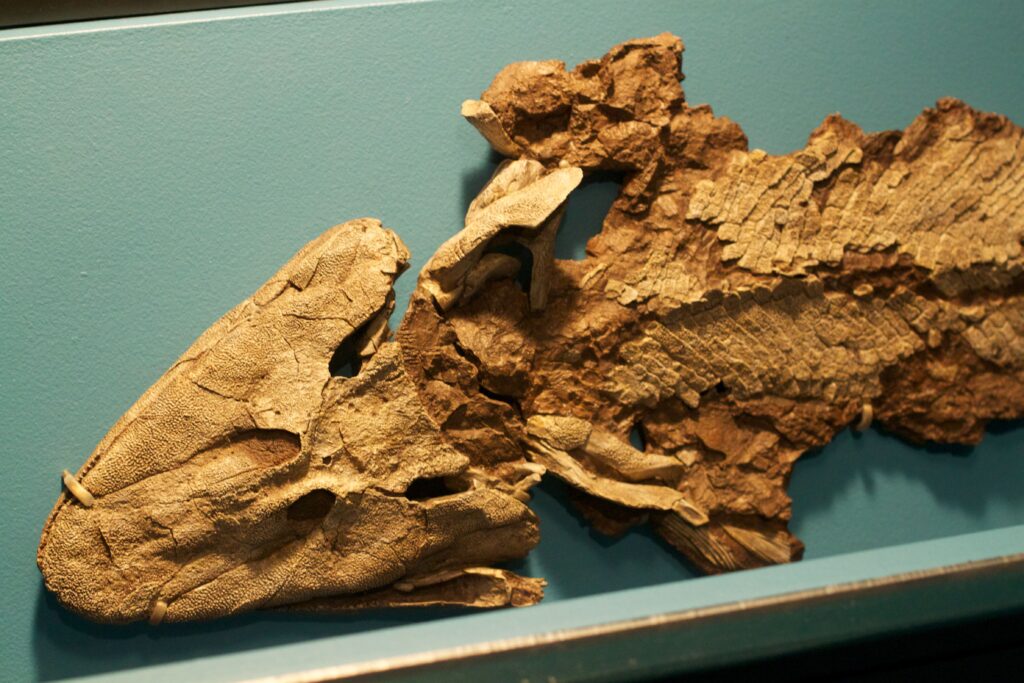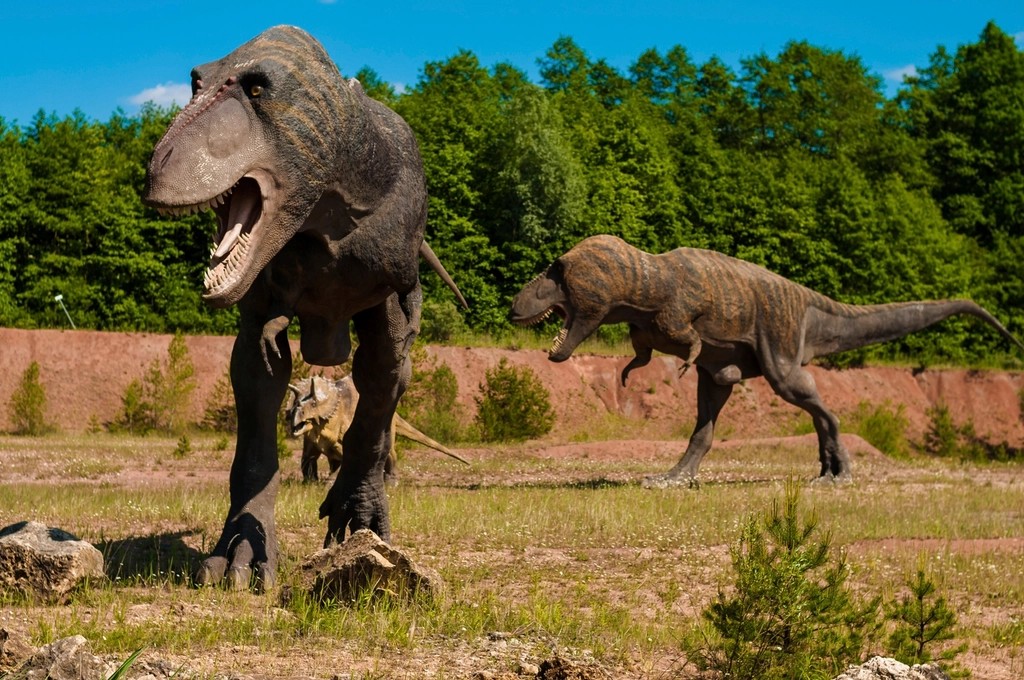10 Times Climate Chaos Shaped Dinosaur Evolution!
Throughout the millions of years dinosaurs ruled Earth, dramatic climate shifts weren’t just background noise – they were the invisible hand guiding evolution itself. From scorching heat waves to sudden ice ages, from rising seas to volcanic winters, our planet’s constantly changing climate turned dinosaurs into the ultimate survivors. Every extinction event and evolutionary breakthrough ...

